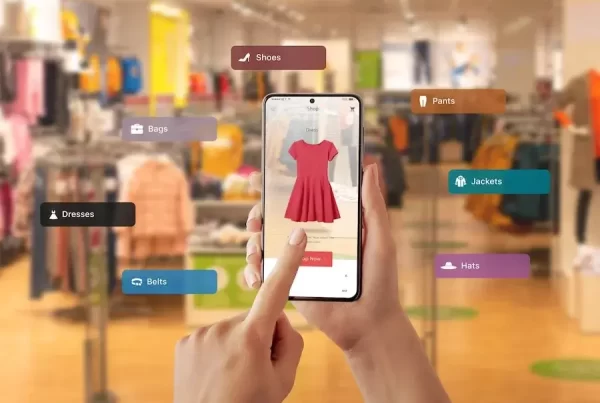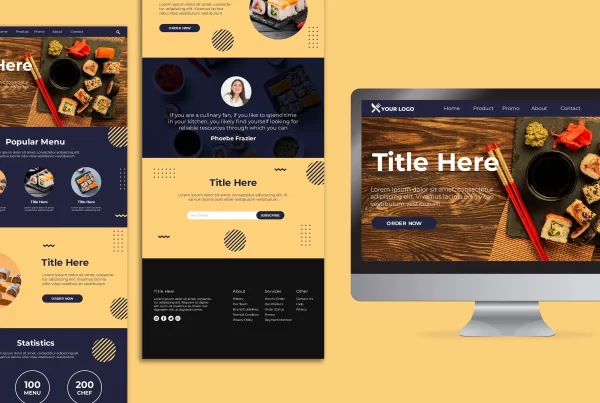Are you a new store owner looking to boost your e-commerce marketing efforts? With the growing popularity of online shopping, it’s crucial for new e-commerce businesses to have a strong marketing strategy in place. But with so many marketing channels available, how do you choose the best ones for your store? In this blog, we’ll explore the 7 best e-commerce marketing channels for new store owners, including their pros and cons, and provide final tips for choosing the best e-commerce marketing channels and strategies.
Social Media Marketing
Social media marketing is a powerful tool for e-commerce businesses to connect with their target audience and drive sales. Platforms such as Facebook, Instagram, Twitter, and Pinterest offer opportunities to showcase products, engage with customers, and run targeted advertising campaigns. Pros of social media marketing include its wide reach, cost-effectiveness, and ability to target specific demographics. Cons may include the need for consistent content creation and management, as well as potential algorithm changes that can impact reach.
Email Marketing
Email marketing is a popular e-commerce marketing channel that allows you to directly reach your customers’ inboxes. By building an email list and sending regular newsletters or promotional emails, you can nurture customer relationships, promote new products, and drive sales. Pros of email marketing include its cost-effectiveness, high return on investment (ROI), and ability to personalize messages. However, cons may include the need to build and manage an email list, create engaging content, and comply with email marketing regulations.
Influencer Marketing
Influencer marketing involves partnering with influential individuals in your niche to promote your products. This can be an effective way to reach a larger audience and build trust with potential customers. Pros of influencer marketing include its potential for high engagement and conversions, as well as the ability to leverage influencers’ existing audience. However, cons may include the need to find and vet suitable influencers, negotiate contracts, and monitor results to ensure ROI.
Content Marketing
Content marketing involves creating valuable and engaging content, such as blog posts, videos, and infographics, to attract and retain customers. Consistently producing high-quality content can establish your brand as an authority in your industry and drive organic traffic to your website. Pros of content marketing include its potential for long-term results, improved search engine rankings, and customer loyalty. However, cons may include the need for ongoing content creation, optimization, and promotion.
Search Engine Optimization (SEO)
SEO is the process of optimizing your website to improve its visibility on search engine results pages (SERPs). By optimizing your website’s content, meta tags, and technical elements, you can increase organic traffic and drive relevant traffic to your online store. Pros of SEO include its long-term potential for driving organic traffic and the ability to target specific keywords. However, cons may include the need for technical expertise, ongoing optimization, and potential changes in search engine algorithms.
Pay-Per-Click (PPC) Advertising
PPC advertising involves placing ads on search engines or social media platforms and paying only when users click on your ads. This allows you to target specific keywords or demographics and drive targeted traffic to your website. Pros of PPC advertising include its potential for immediate results, precise targeting, and flexibility in budgeting. However, cons may include the need for ongoing monitoring and optimization, potential ad fatigue, and rising costs.
Affiliate Marketing
Affiliate marketing involves partnering with affiliates who promote your products on their websites or social media platforms in exchange for a commission for each sale or click. This can help you reach a wider audience and increase sales without upfront costs. Pros of affiliate marketing include its potential for increased sales, wider reach, and cost-effectiveness. However, cons may include the need to manage and track affiliate relationships, monitor results, and ensure compliance with regulations.
Final Tips for Choosing the Best Ecommerce Marketing Channels and Strategies
Understand Your Target Audience: Before choosing e-commerce marketing channels, it’s essential to understand your target audience. Research their demographics, preferences, online behavior, and purchasing habits. This information will help you select the channels that are most likely to reach and engage your audience effectively.
Set Clear Goals: Define your marketing goals, whether it’s to increase website traffic, boost sales, improve brand awareness, or enhance customer loyalty. Having clear goals in mind will help you align your marketing channels and strategies accordingly.
Consider Your Budget: As a new store owner, you may have limited resources, so it’s crucial to consider your budget when choosing eCommerce marketing channels. Some channels may require more financial investment, such as PPC advertising, while others may be more cost-effective, such as social media marketing or content marketing.
Leverage Multiple Channels: It’s recommended to diversify your marketing efforts and leverage multiple channels to reach a wider audience. Relying solely on one channel may limit your reach and effectiveness. For example, you can combine social media marketing with content marketing and email marketing to create a holistic marketing strategy.
Test and Optimize: It’s important to continuously test and optimize your marketing channels and strategies to see what works best for your store. Monitor the performance of each channel, track key metrics, and make data-driven decisions to improve your marketing efforts.
Prioritize Customer Experience: Regardless of the marketing channels you choose, prioritize delivering a seamless and enjoyable customer experience. From browsing your website to making a purchase, ensure that your customers have a positive experience at every touchpoint. This will help you build customer loyalty and drive repeat purchases.
Stay Updated with Industry Trends: E-commerce marketing is a dynamic field, and it’s crucial to stay updated with the latest industry trends and changes in consumer behavior. Keep yourself informed about new marketing channels, emerging technologies, and best practices to stay ahead of the competition.
Our Perspective
Choosing the right e-commerce marketing channels and strategies for your new store can greatly impact your success. By understanding your audience, setting clear goals, considering your budget, leveraging multiple channels, testing and optimizing, prioritizing customer experience, and staying updated with industry trends, you can create a comprehensive and effective marketing strategy that drives traffic, engages customers, and boosts sales. Remember to keep monitoring and adjusting your efforts based on data and results to continuously improve your e-commerce marketing efforts and achieve long-term success for your online store.











